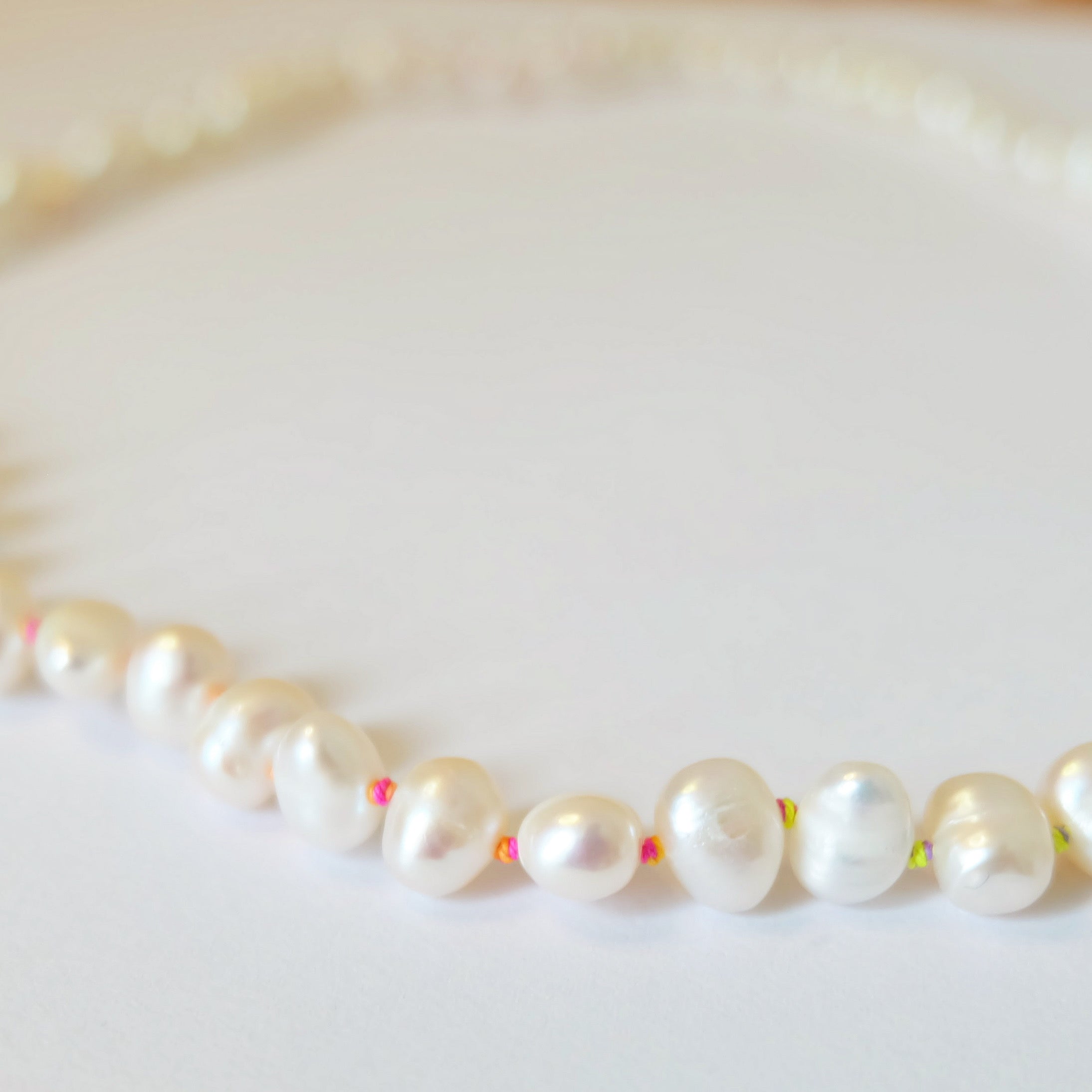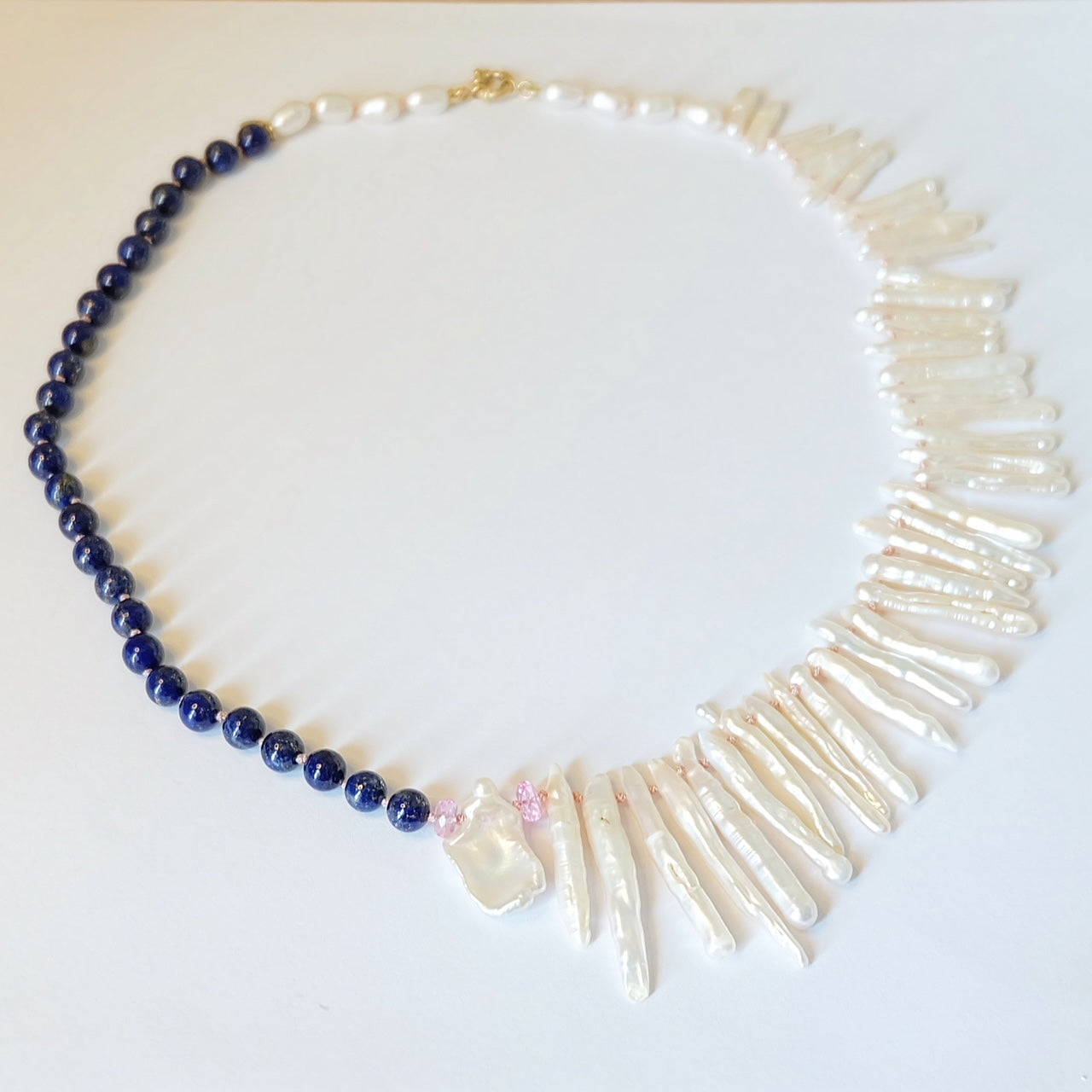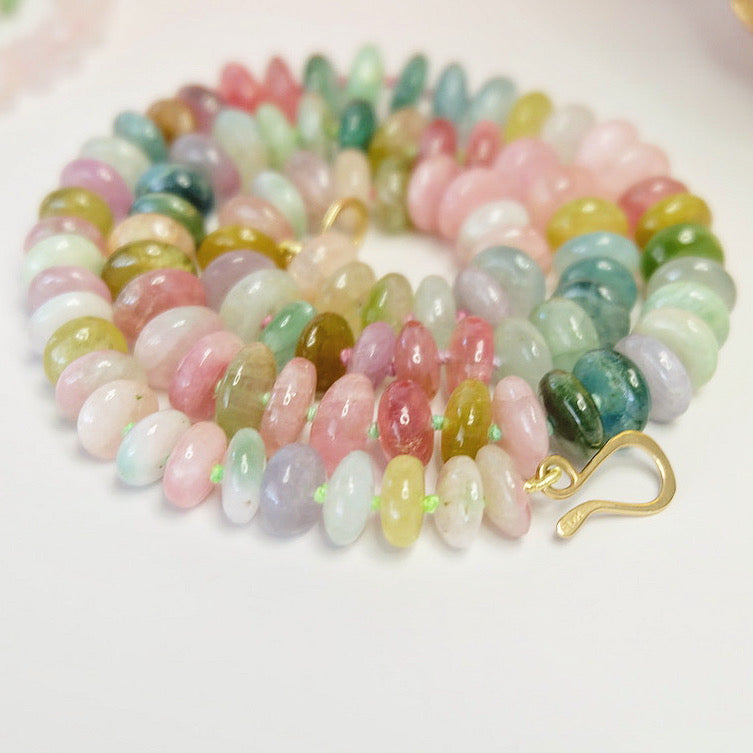
How to Tell Real Turquoise: Expert Tips
Share
Understanding the Basics: What Is Real Turquoise?
Learn expert tips and tricks to how to tell is turquoise is real and avoid getting duped by fake turquoise.
Want Real Turquoise You Don’t Have to Second-Guess?
Testing turquoise can be tricky — and many fakes look convincing. If you’d rather skip the uncertainty, explore our handcrafted turquoise jewelry . Each piece is made with genuine turquoise we source responsibly and set in sterling silver or ethically sourced gold. From Golden Hills turquoise rings to classic southwestern styles, every design comes with transparent details about treatment and origin so you know exactly what you’re buying.
Real turquoise is a natural stone composed of hydrated copper and aluminum phosphate. It forms over millions of years when water interacts with copper-rich minerals deep inside rock formations. This slow geological process results in the vibrant blue to greenish blue hues that genuine turquoise is prized for. The stone is mined in various regions worldwide, including the southwestern United States (Kingman turquoise), Iran (Persian turquoise), China, and stunning Golden Hills Turquoise also known as lavender turquoise from Kazakhstan from each producing slightly different shades and qualities.
It forms over millions of years when water interacts with copper-rich minerals deep inside rock formations. This slow geological process results in the vibrant blue to greenish blue hues that genuine turquoise is prized for. The stone is mined in various regions worldwide, including the southwestern United States (Kingman turquoise), Iran (Persian turquoise), China, and stunning Golden Hills Turquoise also known as lavender turquoise from Kazakhstan from each producing slightly different shades and qualities.
Genuine turquoise jewelry is relatively rare and valuable, making it a target for imitation. Knowing the fundamental characteristics of real turquoise can help you distinguish it from synthetic or fake versions.
💎 Want the Real Thing?
Don't just test for it—wear it.
Our one-of-a-kind turquoise jewelry is handmade in silver and gold.
Shop our Turquoise Jewelry Collection. →
The Zachary Process: Enhanced Turquoise Explained
Some turquoise undergoes treatments to improve its color and durability. One common method is the Zachary Process, which stabilizes lower-grade real turquoise by infusing it with resin. This enhanced turquoise is still real but treated to look smoother and more vibrant. Understanding this process helps buyers recognize that not all turquoise is untreated natural stone. Treated stones may be more affordable but less valuable.
The Touch Test: How Authentic Turquoise Feels in Your Hand
One simple method to test turquoise is through touch. Real turquoise tends to feel cool and smooth due to its mineral composition and natural weight. It has a solid, dense feel in your hand.
Fake turquoise, particularly those made from plastic, resin, or glass, often feels warmer and lighter. These imitations lack the heft and coolness of genuine stones, making weight and temperature good initial indicators. Our Golden Hills turquoise ring with 14K gold is a stunning piece.
The Scratch Test: Does Your Turquoise Pass?
Another way to test turquoise is the scratch test. Genuine turquoise is relatively soft compared to other gemstones, ranking 5 to 6 on the Mohs hardness scale. It should not scratch easily with a fingernail but can be scratched by harder substances like a steel knife.
compared to other gemstones, ranking 5 to 6 on the Mohs hardness scale. It should not scratch easily with a fingernail but can be scratched by harder substances like a steel knife.
To perform the scratch test, gently rub the stone with a steel pin or knife in an inconspicuous area. If the stone scratches easily or leaves a powdery residue, it may be an imitation, such as dyed howlite, or plastic.
The Acetone Test: Detecting Dyed Stones
The acetone test is a simple chemical test with nail polish remover to identify dyed turquoise or imitations. Using nail polish remover (which contains acetone), dampen a cotton swab and gently rub it on a small, hidden area of the stone.
area of the stone.
If the color transfers to the swab or fades on the stone, it indicates the turquoise has been dyed blue or treated with colorants. Real turquoise is porous but does not react to acetone and will remain un-affected.
Common Imitations: How to Spot Dyed Howlite and Other Fakes
Dyed howlite is one of the most common imitations of turquoise. Howlite is a white or gray mineral that is often dyed to mimic the appearance of turquoise. It can be identified by its lower hardness and the tendency for the dye to come off when exposed to acetone.
by its lower hardness and the tendency for the dye to come off when exposed to acetone.
Other imitations include plastic, resin, and reconstituted turquoise, which is made from ground-up turquoise mixed with resin. These materials generally lack the natural matrix patterns and can be detected through visual inspection and scratch tests.
Visual Clues: Color, Matrix, and Patterns
The color of turquoise can range from sky blue to greenish blue hues. Authentic turquoise often has a more vibrant and consistent color, though it can have natural variations.turquoise often has a more vibrant and consistent color, though it can have natural variations.
Another clue is the matrix, which is the pattern of veins or webbing in the stone. Real turquoise often has intricate and natural-looking matrices. Fake versions may have patterns that look too uniform or painted on.
Pay attention to cracks and the surface of the stone. Genuine turquoise maintains the same color throughout, including the center. Dyed or fake stones may show color differences inside cracks or when broken open.
Advanced Testing Methods: From UV Light to Chemical Tests
For a more conclusive test, you can use a UV light. Real turquoise usually does not fluoresce under UV light, while some fakes might.
Chemical tests can also be performed, but these should be done with caution as they can damage the stone. Applying a small drop of acetone on a hidden area can help. Genuine turquoise will remain unaffected, while dyed or treated stones may show color changes.
Lab-Grown and Synthetic Turquoise
Most people are unaware that lab-grown turquoise exists. These stones are created in a lab but have the same chemical composition as natural turquoise. While they are the real thing chemically, lab-grown stones are not mined and usually cost less. Knowing this helps buyers understand the market better and avoid confusion.
Tips from the Experts: What to Look for When Buying
When buying turquoise or turquoise beads, always purchase from reputable dealers who provide certificates of authenticity. Ask about the stone's provenance, such as whether it is Kingman turquoise, Persian turquoise, or Chinese turquoise, as origin affects quality and color.
Be cautious of prices that seem too good to be true. Genuine turquoise can cost upwards of typical prices, and extremely low prices are often a red flag for buying fake turquoise.
Avoid confusion by understanding the difference between natural stone turquoise and imitations or treated stones. Look for sterling silver or gold settings in turquoise jewelry to complement authentic stones.
to complement authentic stones.
FAQs: Common Questions About Turquoise Authenticity
How can I tell if turquoise is dyed blue?
Use the acetone test with a cotton swab; if color comes off, it’s dyed.
Does real turquoise come in green?
Yes, natural turquoise can range from blue to green hues.
Is all turquoise treated?
No, but many stones undergo treatments like the Zachary Process to enhance durability and color.
Can I test turquoise at home?
Yes, tests like the scratch test, acetone test, and touch test are simple and effective.
What does the matrix look like in real turquoise?
It usually has sharp-edged, natural-looking veins or webbing patterns.
Explore our collection of authentic turquoise jewelry, featuring genuine turquoise stones that showcase the real deal in quality and craftsmanship.
















































